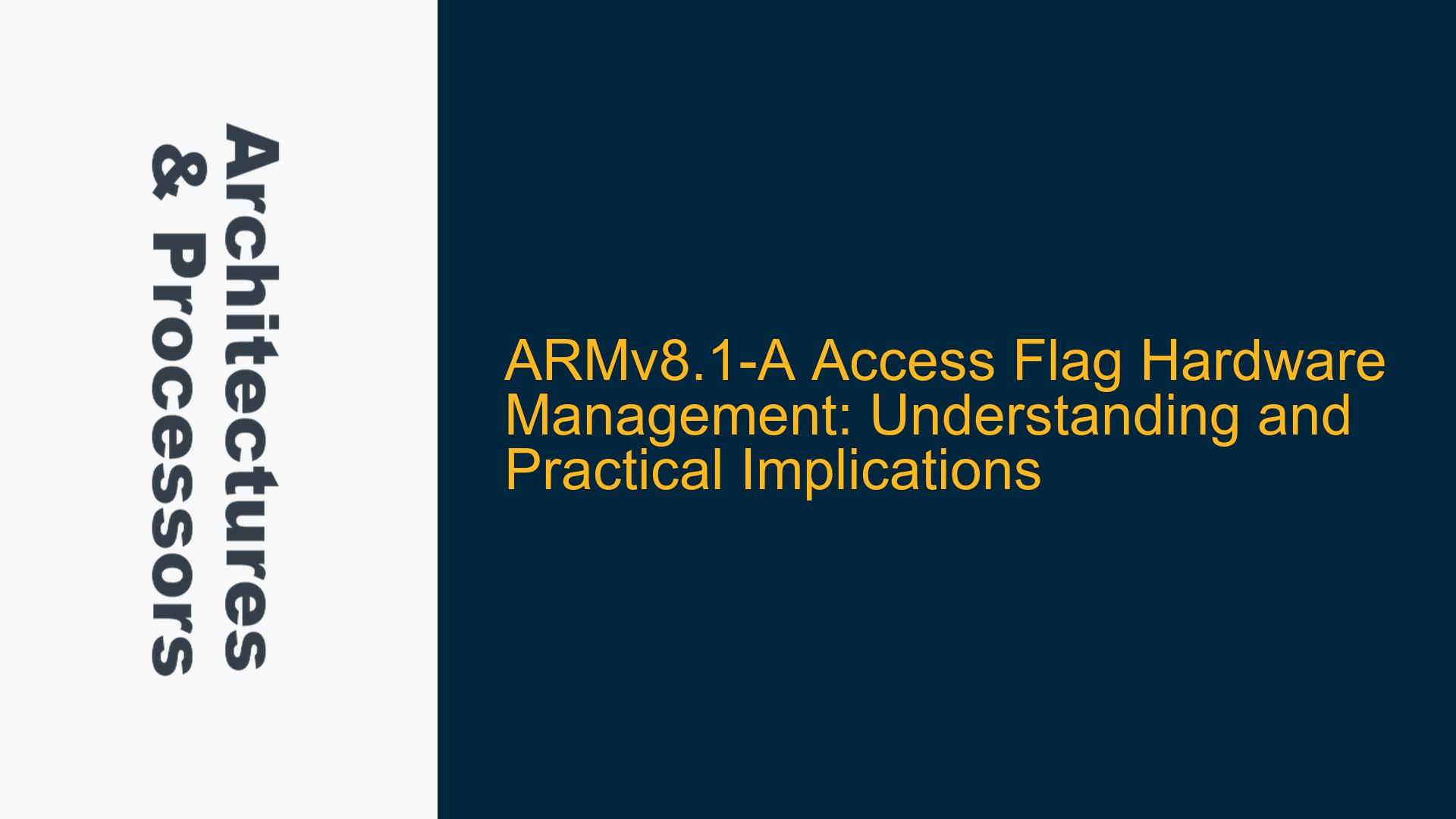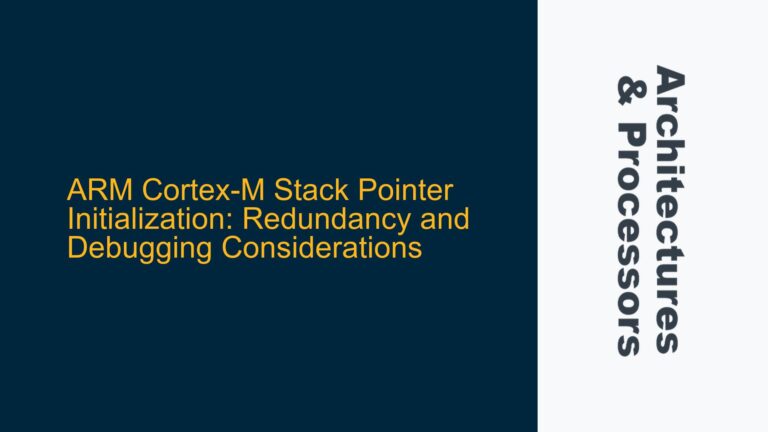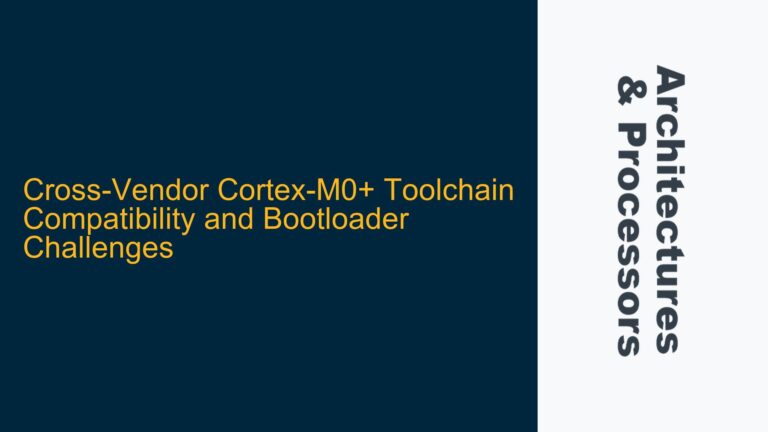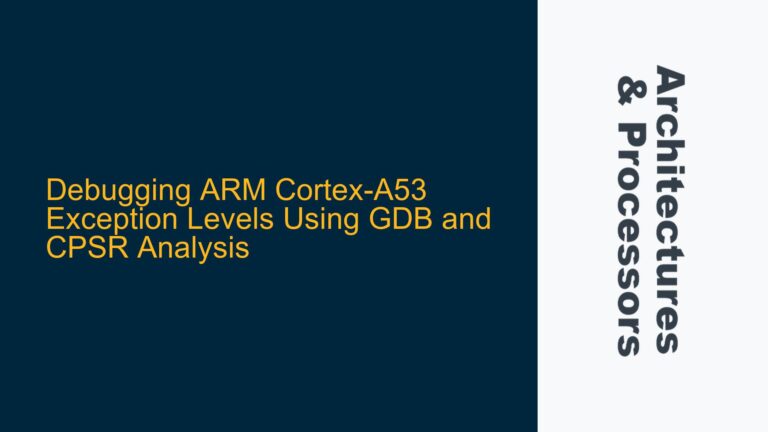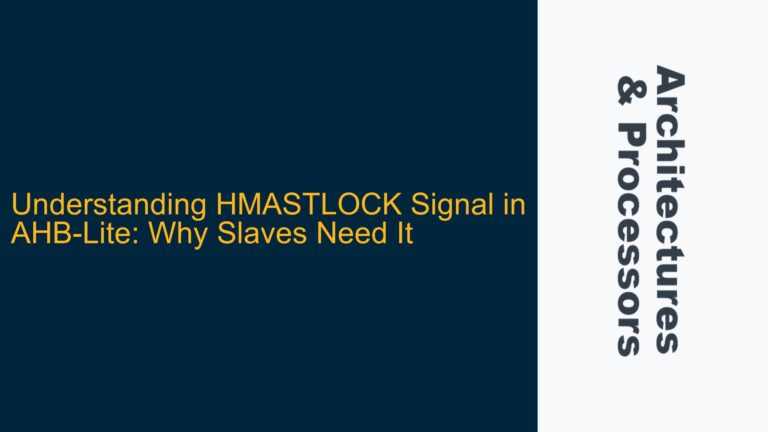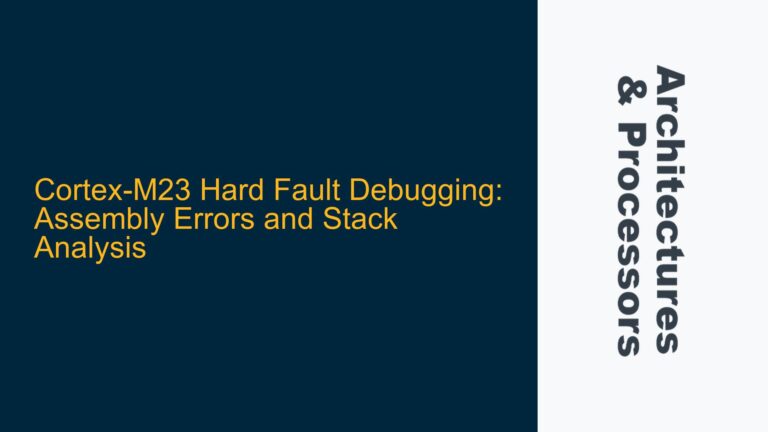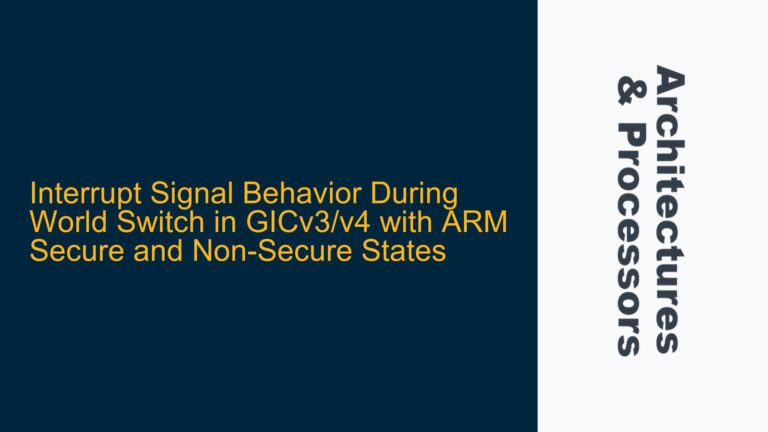ARMv8.1-A Access Flag Hardware Management Overview
The ARMv8.1-A architecture introduces a significant enhancement in the management of the Access Flag (AF) through hardware. Traditionally, the Access Flag in page table entries was managed by software, requiring explicit intervention from the operating system or firmware to update the flag when a memory page or section was accessed. This process often involved handling Access Flag faults, which could lead to performance overhead due to the context switches and the associated software handling routines.
With ARMv8.1-A, the hardware can now manage the Access Flag autonomously. When the Access Flag is set to 0, indicating that the corresponding memory page or section has not been accessed, the hardware will automatically update the flag to 1 upon the first access. This update is performed atomically through a read-modify-write operation on the translation table descriptor. The key advantage here is that the kernel or operating system remains unaware of this update, eliminating the need for software intervention and thus reducing the overhead associated with Access Flag management.
The primary question that arises is: What is the practical difference between having the Access Flag always set to 1 versus leveraging the hardware-managed Access Flag feature? At first glance, it might seem that setting the Access Flag to 1 by default would achieve the same result, as the hardware would not need to update the flag. However, the hardware-managed Access Flag provides a more nuanced control mechanism, particularly in scenarios where memory access patterns are dynamic and the operating system needs to track which pages or sections have been accessed without incurring the performance penalty of software-managed Access Flag updates.
Hardware-Managed Access Flag vs. Software-Managed Access Flag
The distinction between hardware-managed and software-managed Access Flags lies in the granularity and efficiency of memory access tracking. In a software-managed system, the operating system must handle Access Flag faults, which occur when a page or section with the Access Flag set to 0 is accessed. This fault handling involves context switching, updating the Access Flag in the page table, and resuming the interrupted process. While this approach provides the operating system with explicit control over memory access tracking, it introduces latency and can degrade system performance, especially in high-frequency access scenarios.
In contrast, the hardware-managed Access Flag eliminates the need for software intervention by automatically updating the flag upon the first access. This feature is particularly beneficial in systems where the operating system needs to monitor memory access patterns for tasks such as memory reclamation, page swapping, or cache management. By offloading the Access Flag management to the hardware, the operating system can focus on higher-level memory management tasks without being bogged down by the overhead of handling Access Flag faults.
Moreover, the hardware-managed Access Flag can be used in conjunction with other ARMv8.1-A features, such as the Dirty Flag, to provide a comprehensive memory management solution. The Dirty Flag, also introduced in ARMv8.1-A, indicates whether a memory page or section has been written to. When combined with the hardware-managed Access Flag, the operating system can efficiently determine which pages or sections have been accessed and which have been modified, enabling optimized cache management and memory reclamation strategies.
Practical Applications and Optimization Strategies
The hardware-managed Access Flag feature in ARMv8.1-A opens up several practical applications and optimization opportunities. One of the most significant use cases is in virtual memory systems, where the operating system needs to track which pages have been accessed to make informed decisions about page swapping and memory reclamation. By leveraging the hardware-managed Access Flag, the operating system can reduce the overhead associated with tracking accessed pages, leading to improved system performance and responsiveness.
Another application is in the context of copy-on-write (COW) mechanisms, where memory pages are shared between processes until one of the processes modifies the page. In such scenarios, the hardware-managed Access Flag can be used to track which pages have been accessed, allowing the operating system to efficiently manage the COW process and minimize unnecessary page duplication.
Additionally, the hardware-managed Access Flag can be used to optimize cache management strategies. By tracking which memory pages or sections have been accessed, the operating system can make more informed decisions about which pages to keep in the cache and which to evict. This can lead to improved cache utilization and reduced cache thrashing, particularly in systems with limited cache resources.
To fully leverage the hardware-managed Access Flag feature, developers and system architects should consider the following optimization strategies:
-
Enable Hardware-Managed Access Flag in the MMU Configuration: Ensure that the Memory Management Unit (MMU) is configured to enable hardware-managed Access Flag updates. This typically involves setting the appropriate bits in the MMU control registers.
-
Monitor Access Patterns for Memory Reclamation: Use the hardware-managed Access Flag to track which memory pages or sections have been accessed. This information can be used to implement efficient memory reclamation algorithms, such as Least Recently Used (LRU) or Clock algorithms, which prioritize the eviction of pages that have not been accessed recently.
-
Combine with Dirty Flag for Comprehensive Memory Management: Leverage the Dirty Flag in conjunction with the hardware-managed Access Flag to track both accessed and modified memory pages. This can be particularly useful in systems that require frequent cache flushes or write-backs, as it allows the operating system to identify which pages need to be written back to main memory.
-
Optimize Context Switching Overhead: By reducing the need for software intervention in Access Flag management, the hardware-managed Access Flag can help minimize the overhead associated with context switching. This is particularly beneficial in real-time systems where low latency and high responsiveness are critical.
-
Implement Efficient Copy-on-Write Mechanisms: Use the hardware-managed Access Flag to track which memory pages have been accessed in COW scenarios. This can help reduce unnecessary page duplication and improve the efficiency of the COW process.
In conclusion, the hardware-managed Access Flag feature in ARMv8.1-A provides a powerful tool for optimizing memory management in embedded systems. By offloading Access Flag updates to the hardware, developers can reduce software overhead, improve system performance, and implement more efficient memory management strategies. Understanding and leveraging this feature can lead to significant performance gains, particularly in systems with dynamic memory access patterns and stringent performance requirements.
